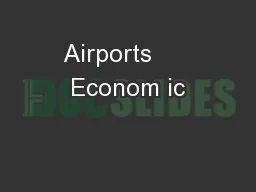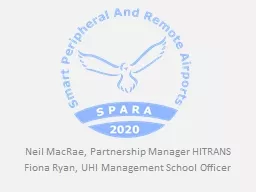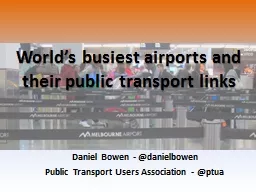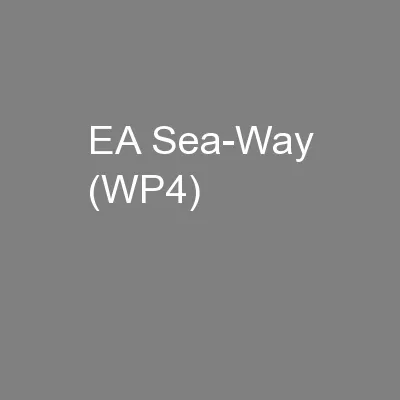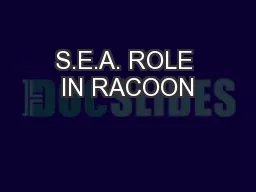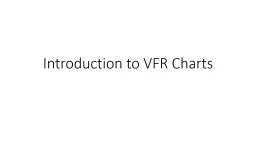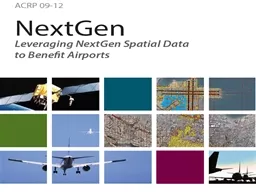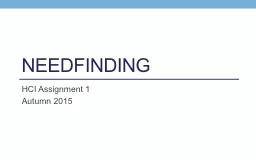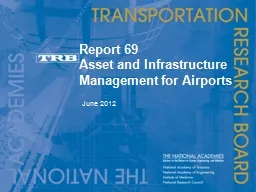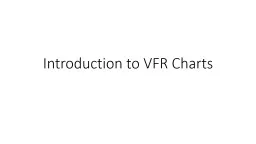PPT-Airports Econom ic
Author : karlyn-bohler | Published Date : 2018-09-26
Regulatory Authority of India INTRODUCTION Airports public sector monopoly till 2003 Unprecedented growth in air traffic led to considerable strain on airport
Presentation Embed Code
Download Presentation
Download Presentation The PPT/PDF document "Airports Econom ic" is the property of its rightful owner. Permission is granted to download and print the materials on this website for personal, non-commercial use only, and to display it on your personal computer provided you do not modify the materials and that you retain all copyright notices contained in the materials. By downloading content from our website, you accept the terms of this agreement.
Airports Econom ic: Transcript
Download Rules Of Document
"Airports Econom ic"The content belongs to its owner. You may download and print it for personal use, without modification, and keep all copyright notices. By downloading, you agree to these terms.
Related Documents

